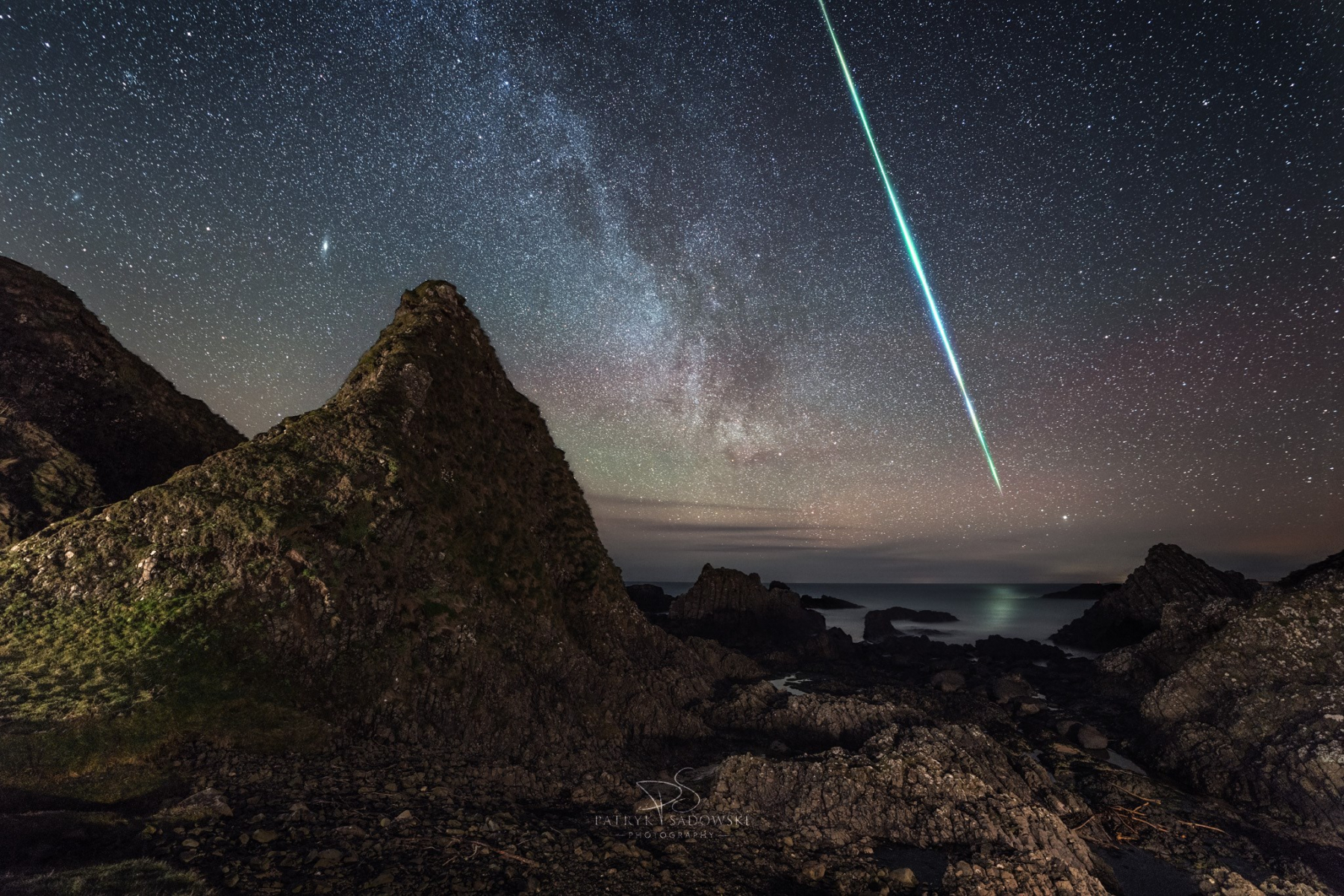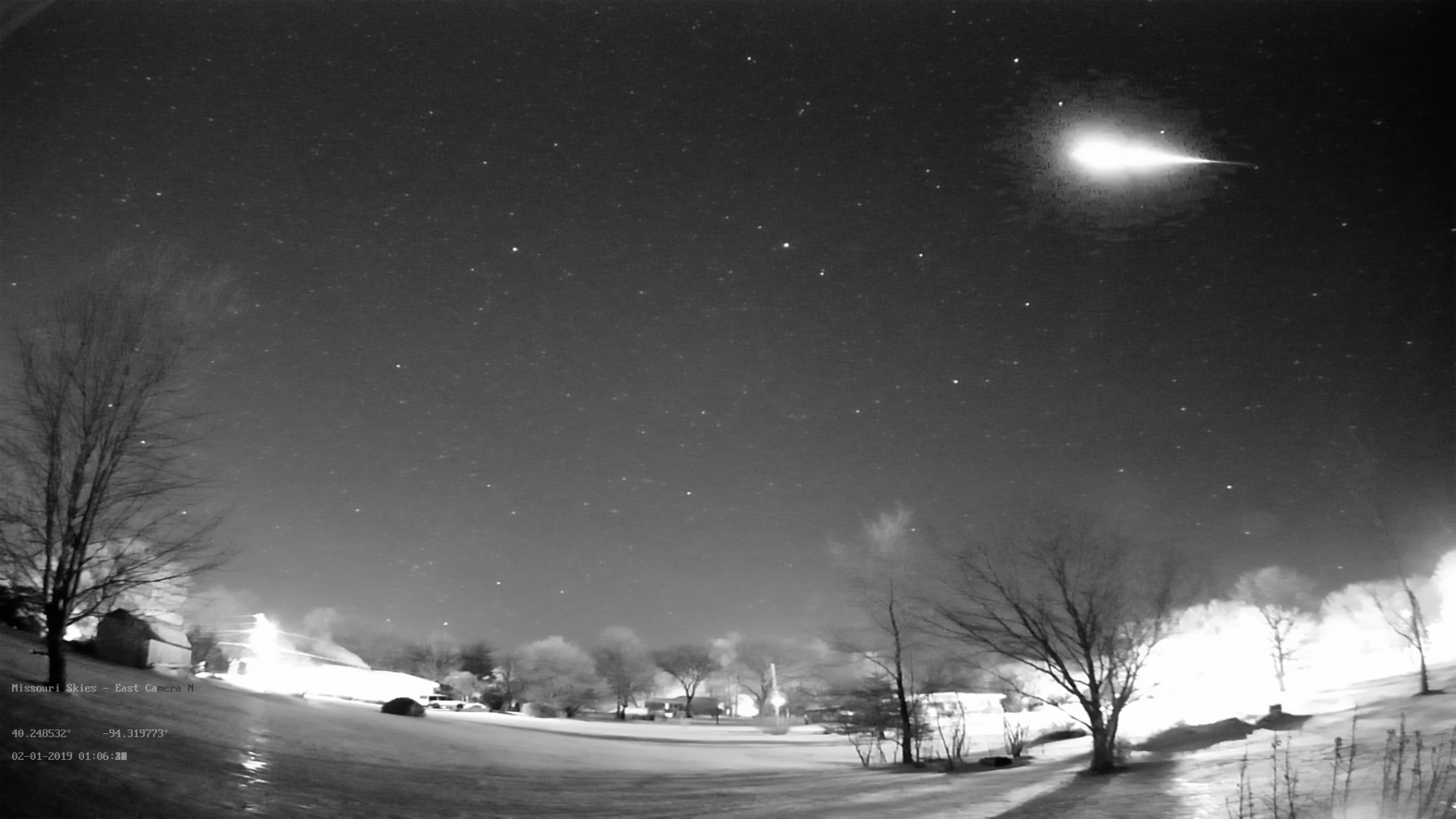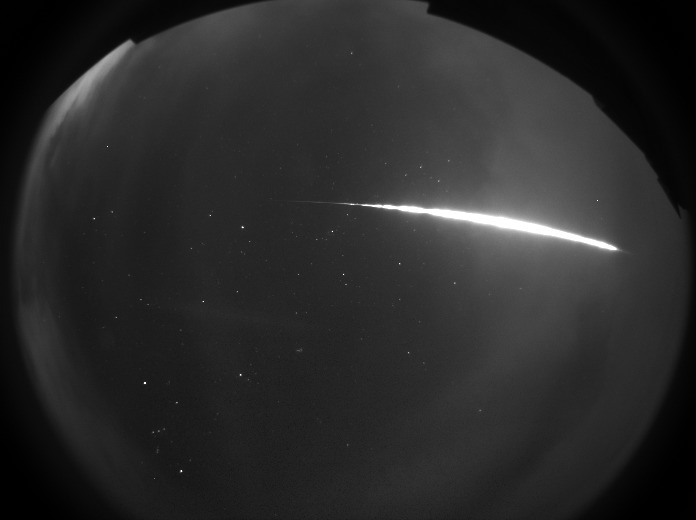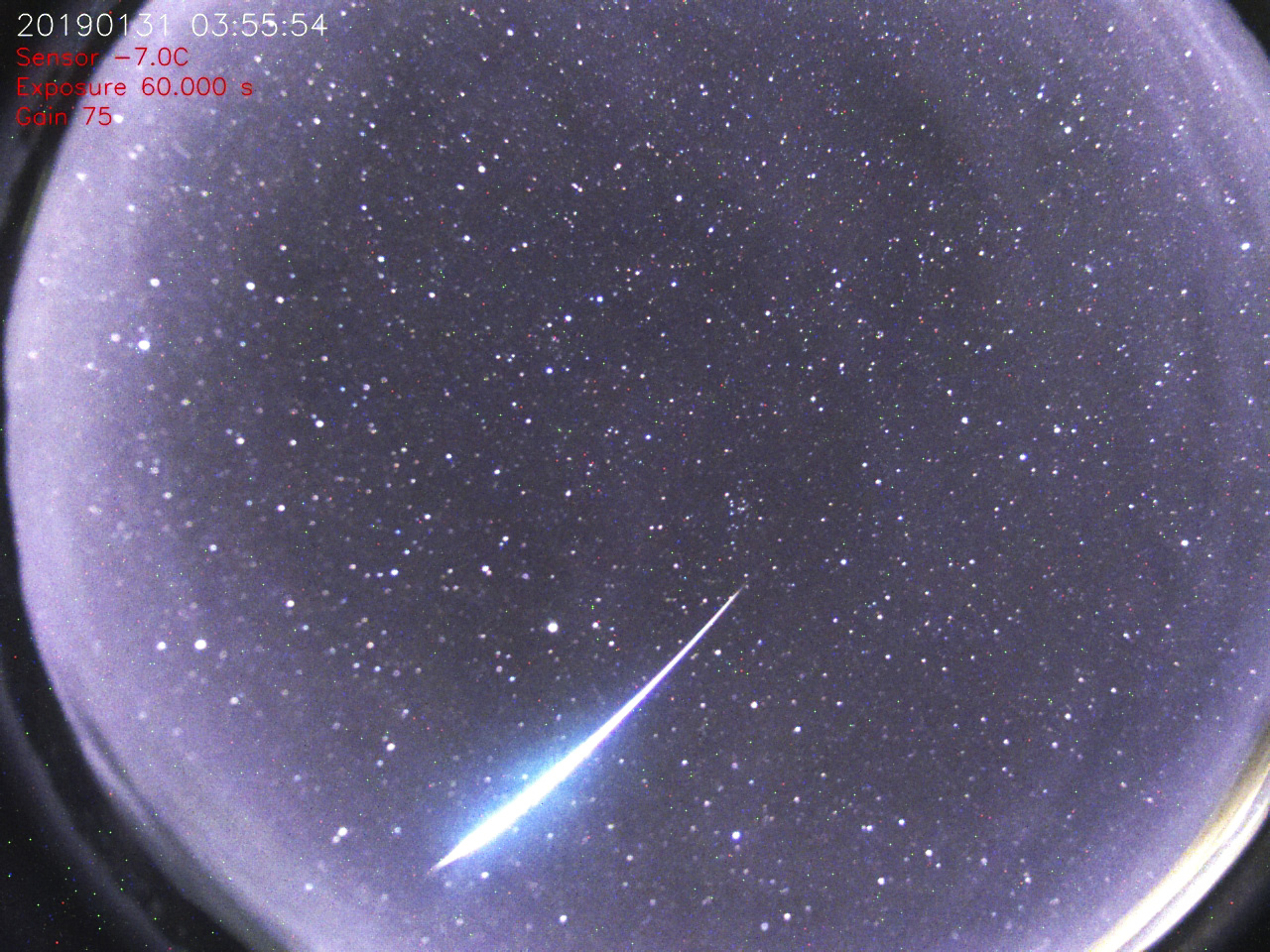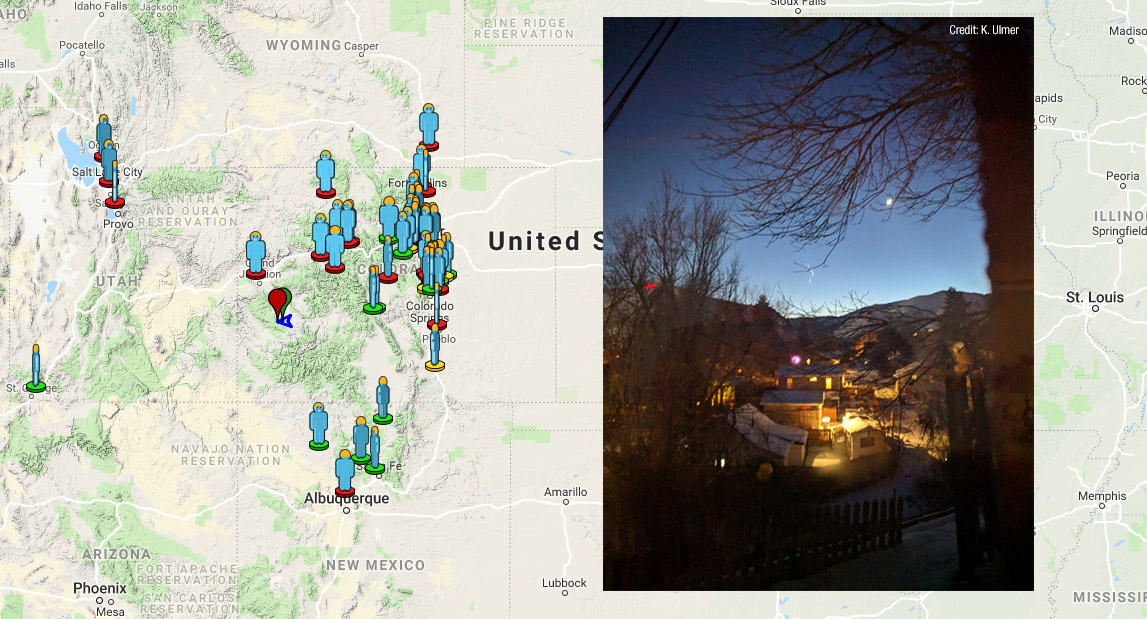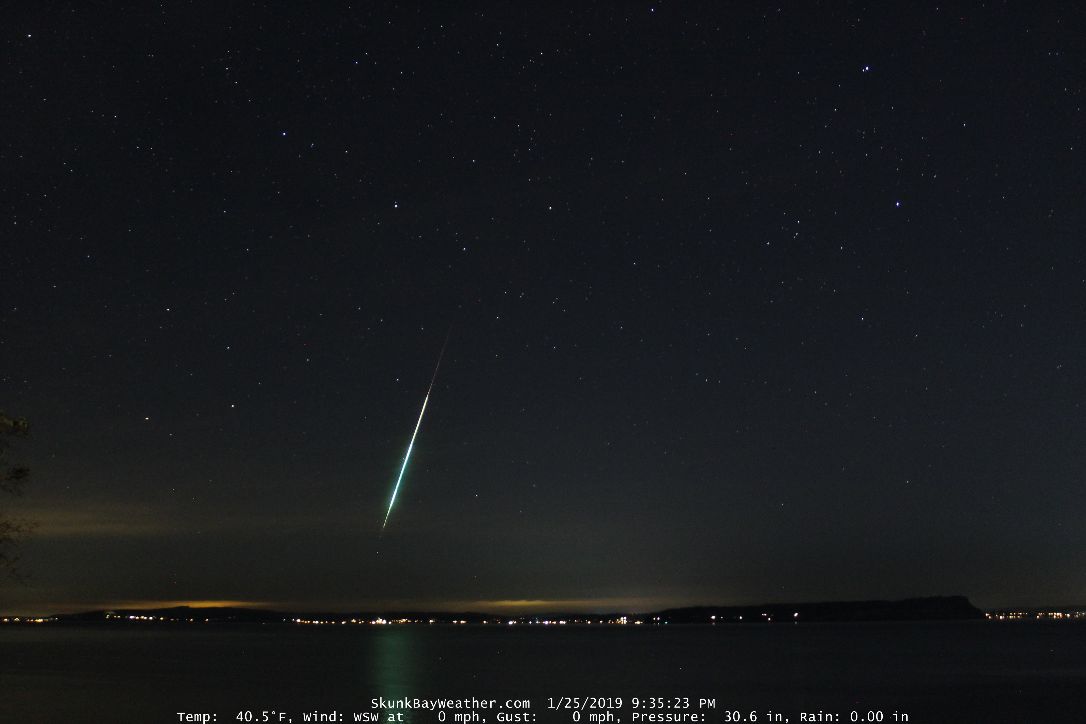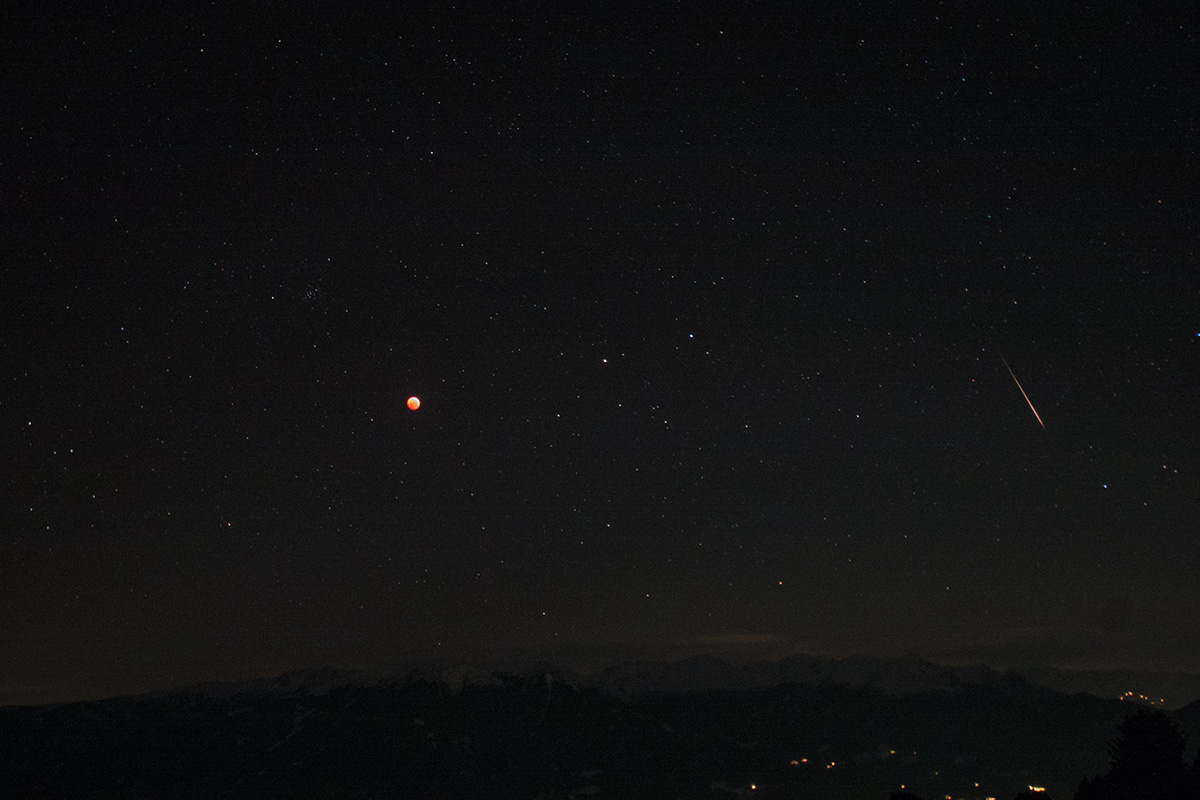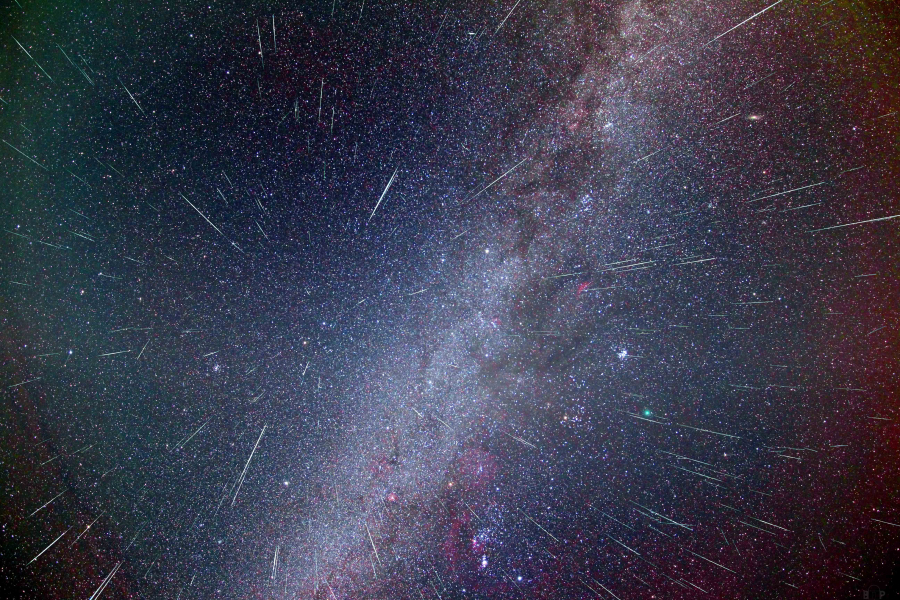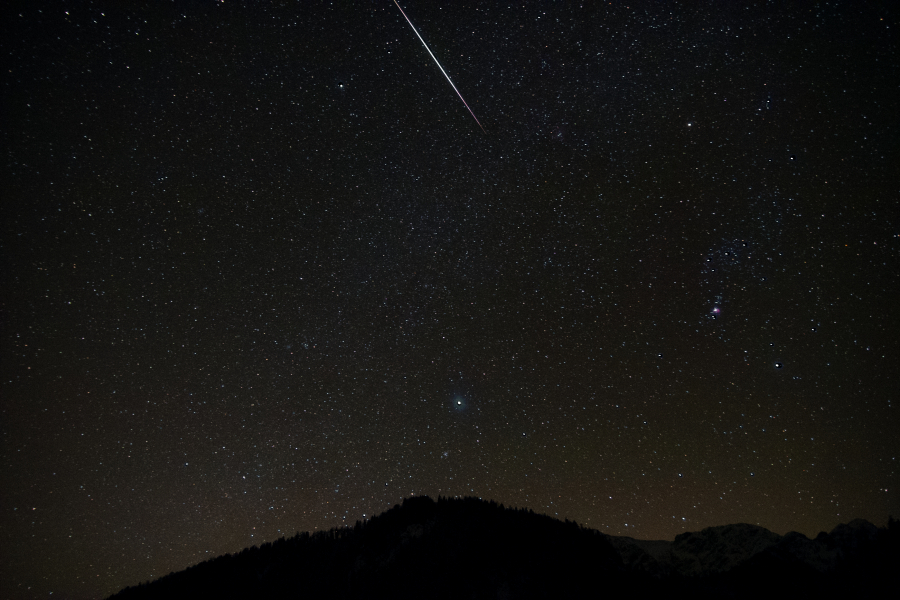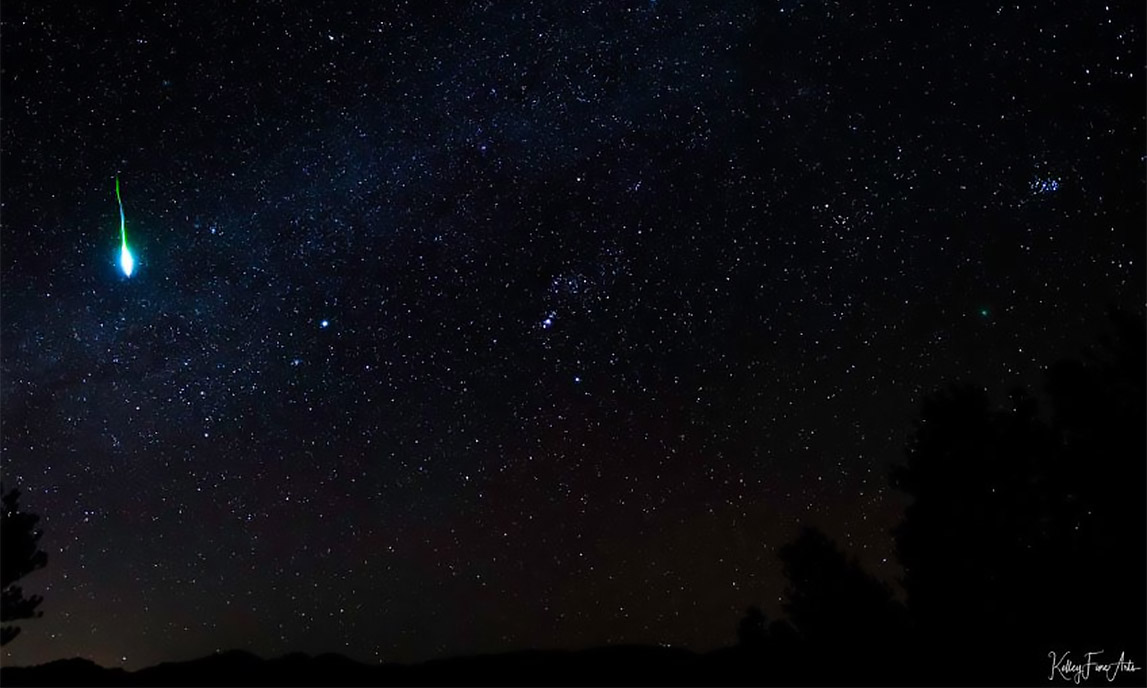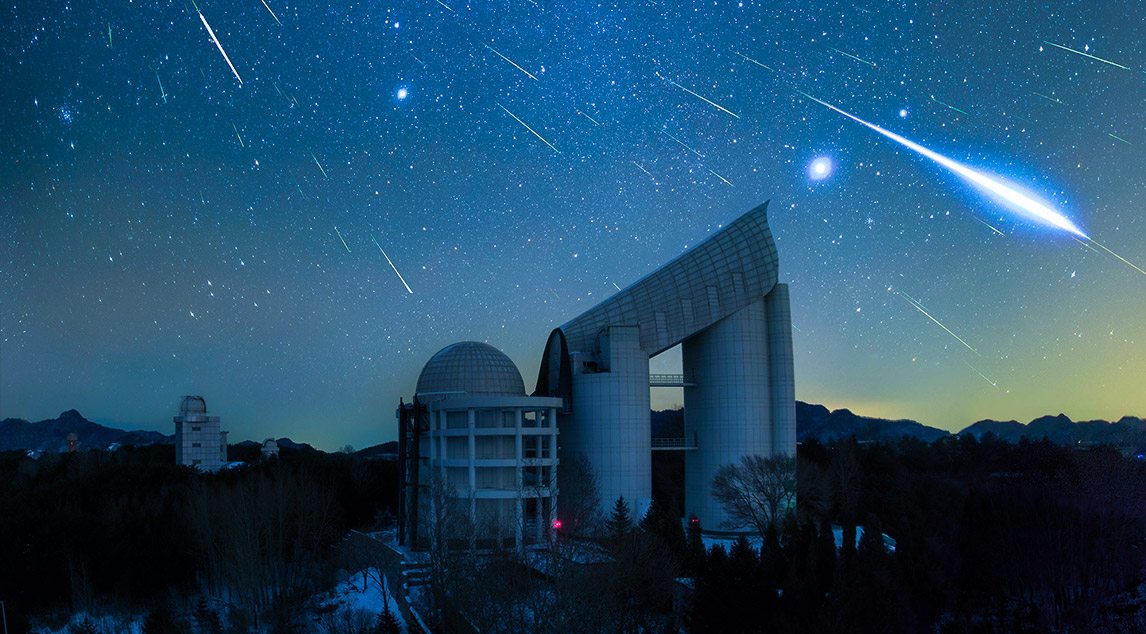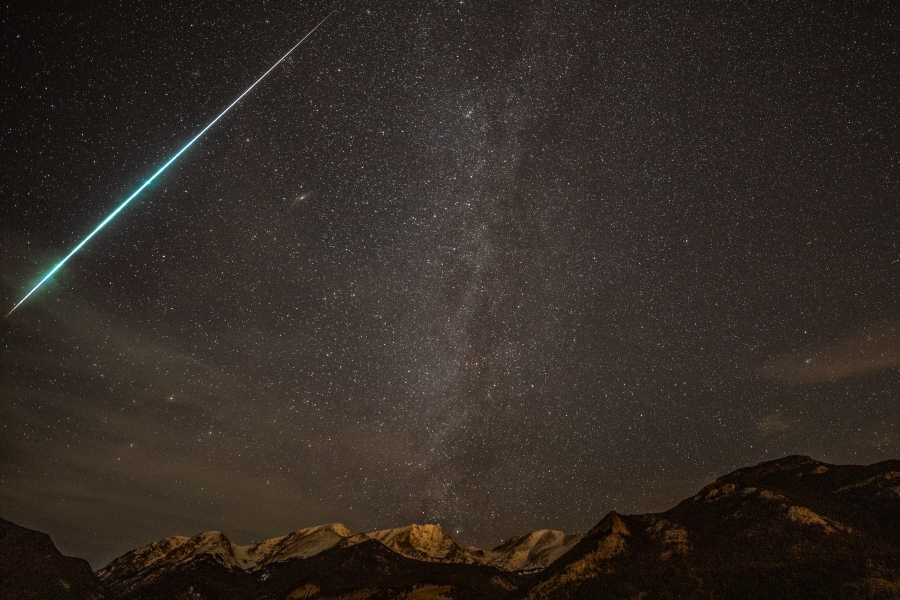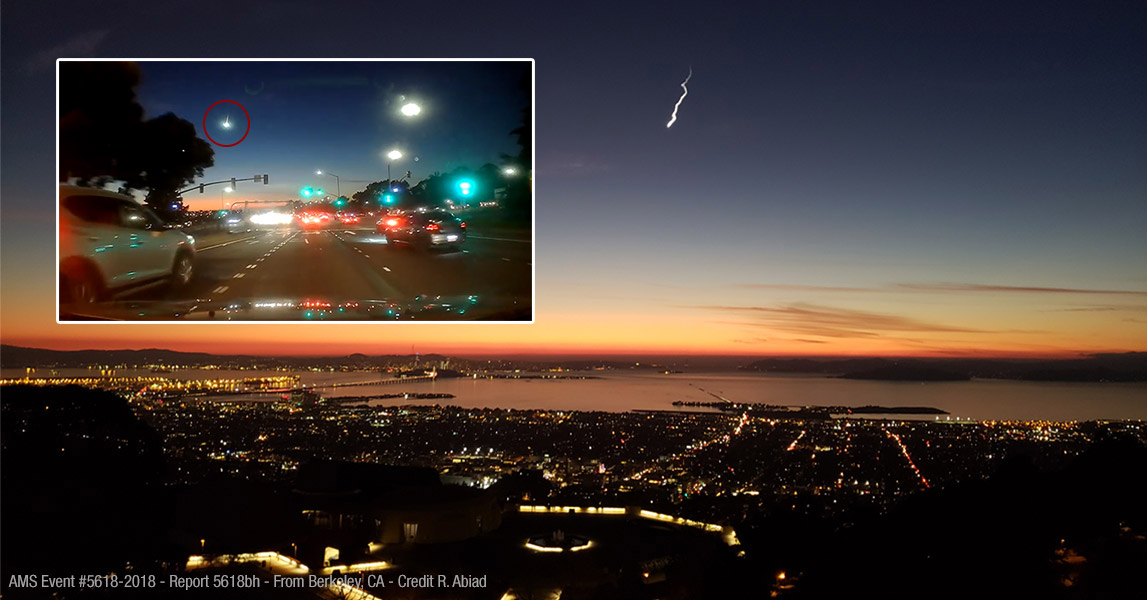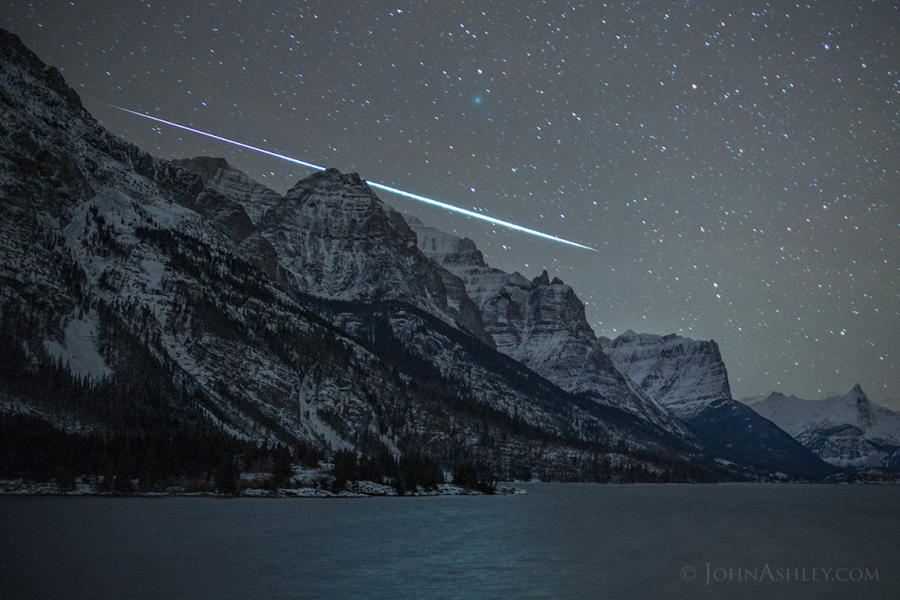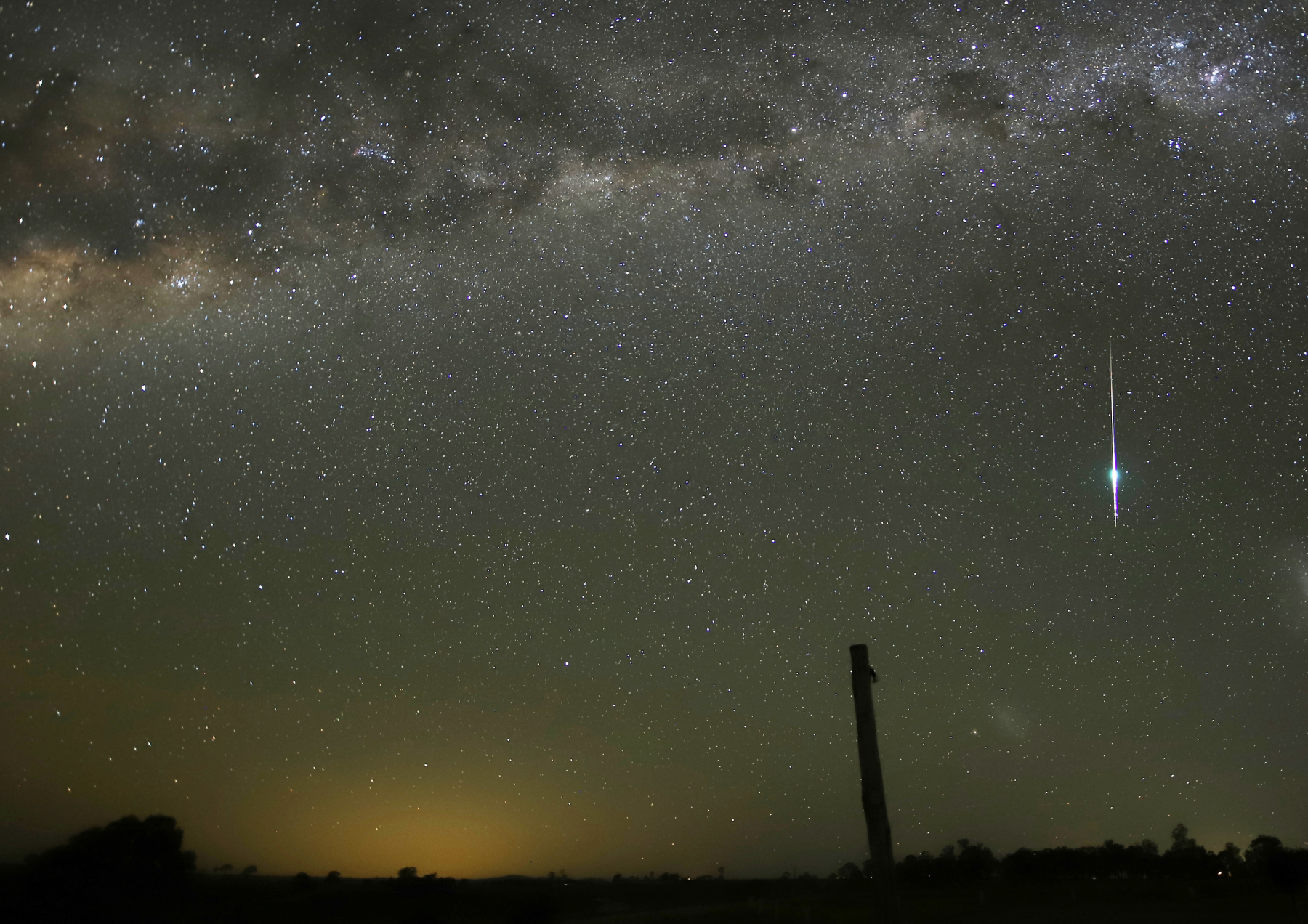
Meteor Activity Outlook for March 9-15, 2019
During this period the moon will reach its first quarter phase on Thursday March 14th. At this time the half-illuminated moon will be located 90 degrees east of the sun and will set near 0200 local daylight saving time (DST) as seen from mid-northern latitudes. This weekend the waxing crescent moon will set during the late evening hours and will not interfere with the more active morning hours.
 American Meteor Society
American Meteor Society
